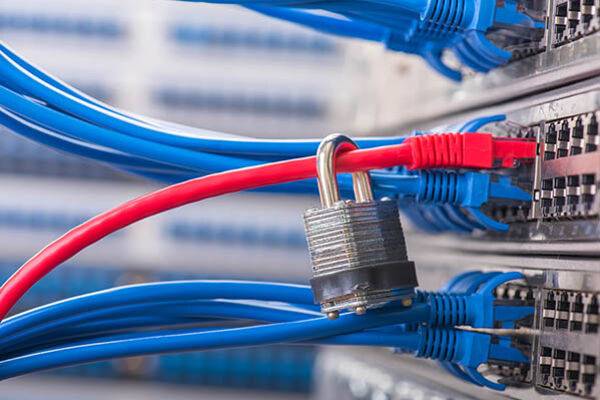Emerging technologies such as the Internet of Things (IoT), Cloud, Artificial Intelligence (AI), Machine Learning (ML), Augmented Reality (AR), blockchain … are changing the face of the earth. They offer exponential advances to the way we work and live and give a boost to our economy. While each of these technologies on its own has the power to transform any industry segment, combining the force of two or more of these innovations has even more dramatic effect. Let’s focus on the combination of IoT and Blockchain and their capacity to make the supply chain more transparent and efficient.
IoT and Blockchain are foundational technologies
Both IoT and Blockchain are foundational technologies, on which other innovations can build new applications. As analyst firm Gartner recently predicts, 12 million IoT devices will be purchased every day by the year 2022. IoT provides a link between the physical and digital world, and equips each device or object with extra intelligence. Virtually anything can now be tracked and measured.
While Blockchain does not yet see the same adoption curve, it is clear that this technology has a lot of potential too. Thanks to its distributed nature, blockchain provides more transparency and accountability. Smart contracts can be accessed by all parties concerned in a transaction. We are now living in a ‘trust economy’, and by capturing and storing any transaction, Blockchain can guarantee its security and transparency. You no longer have to take someone’s word for it: the transaction is now stored in the blockchain and can be audited by anyone involved.
End-to-end visibility in the supply chain
The supply chain offers great potential for these technologies when combined correctly. Over the years the supply chain has become more global. Nowadays, more players have to work together in moving goods from one place to another. When something happens en route, it is not always easy to pinpoint where something went wrong and who can be held accountable. By tracing every movement of goods using IoT and storing the data captured by sensors in a blockchain, you can follow a shipment at every step of the journey and establish who is responsible if anything goes wrong.
Just consider one example: meat is transported from a meat packing plant to the warehouse of a retail chain and then on to the retail outlets. It is clear that strict temperature rules will apply. By equipping the packages with sensors, the temperature can be logged at an interval that is agreed on in a smart contract. If the food gets too hot, for instance when being unloaded in the central warehouse, sensors will capture this anomaly and this information will be added to the smart contract, for consultation by all parties involved. If this smart contract provides fines when certain conditions are not met, then these fines will be applied automatically. No discussions, no finger-pointing: IoT and blockchain have logged and verified the information as a single source of truth.
There are hundreds of other use cases where IoT and blockchain can be applied to the supply chain. Just think of dangerous goods, hazardous liquids, medical supplies,… the sky is the limit for the number of uses where transparency of the entire chain is necessary. Blockchain and IoT are no longer mere technologies, they have transformed into business cases, where end-to-end visibility is crucial.
Blockchain and IoT go perfectly well together in supply chain cases. They give you fast access to information, take care of the continuity of the information flow, detect anomalies or fraud, make a record of exceptions and ensure trustworthiness of the entire process.
IoT and Blockchain partnerships
At Simac, we have detected the possibilities of IoT and Blockchain early on, training and certifying staff on these technologies and forging alliances with leaders in their respective markets: Sensolus for IoT software and trackers, and SettleMint for Blockchain. Together, we’ve created a nice demo that allows you, too, to test how IoT and Blockchain can make your supply chain more transparent and efficient.

Johan Diels has over 20 years experience in the ICT industry. He started out as a business consultant and grew into the position of sales manager. At Simac ICT Belgium, he is Director of the Integration division.
Contact us now






